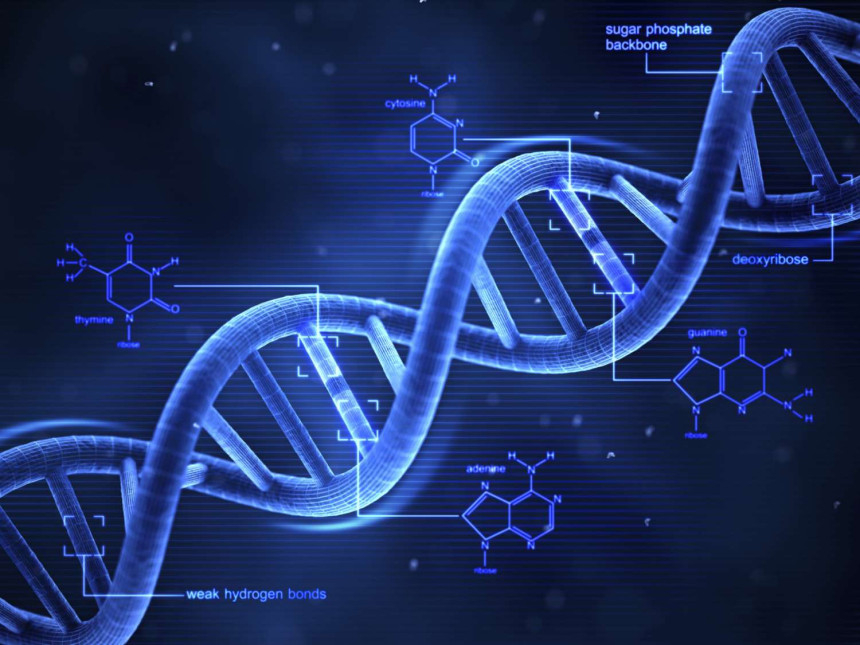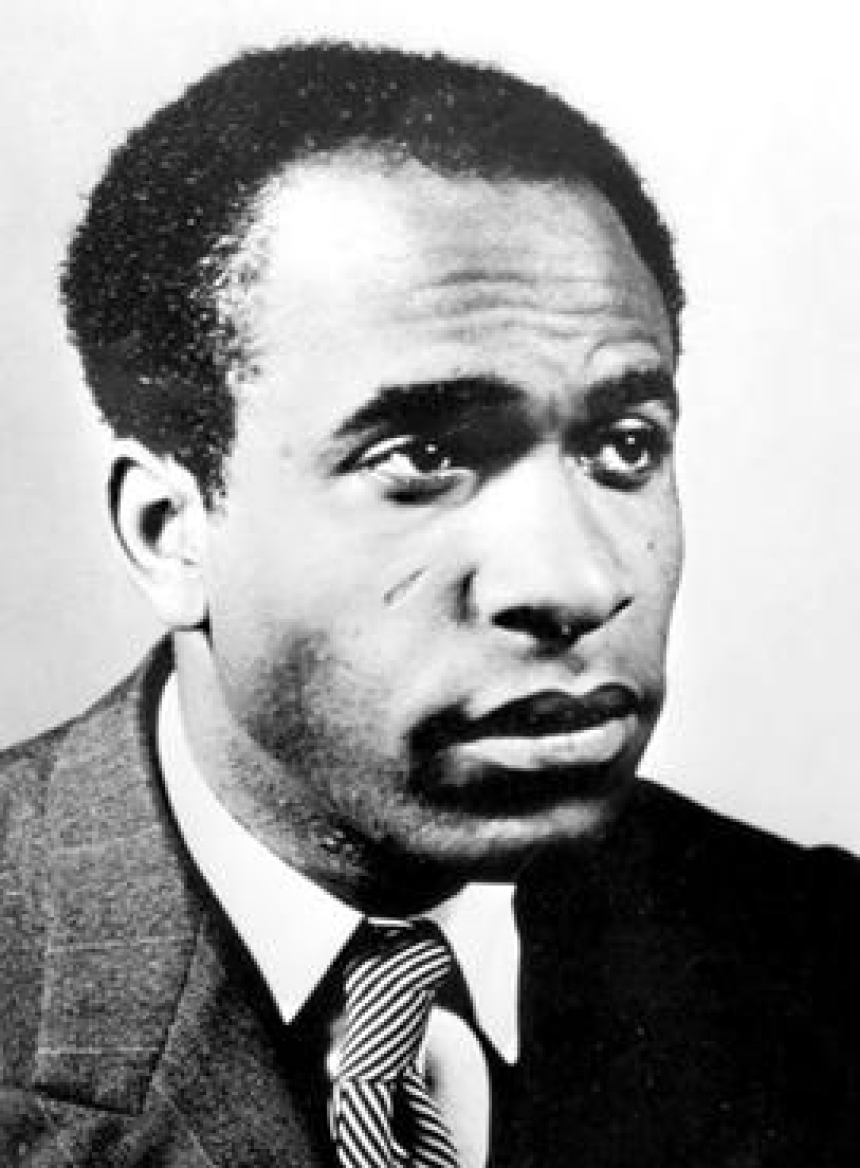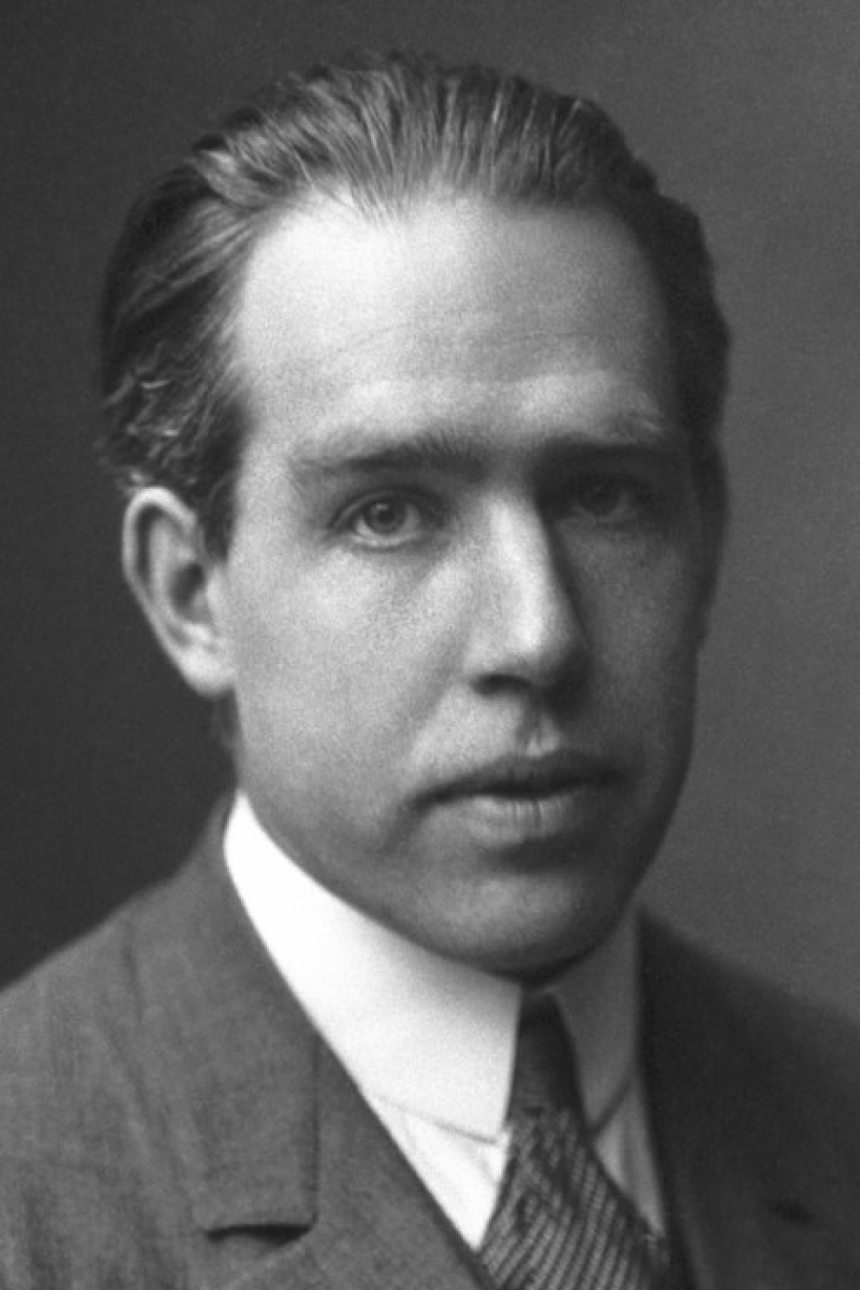
Genotypes and Phenotypes
Genetics plays a vital role in determining our physical attributes, traits, and even our susceptibility to certain diseases. The study of genes and their inheritance patterns is essential in understanding how variations occur within a population. Two fundamental concepts in genetics are genotypes and phenotypes. In this blog, we will delve into the intricacies of genotypes and phenotypes, offering a clear understanding of their significance.
Genotypes Explained
A genotype refers to the genetic makeup of an individual, which comprises the combination of alleles they possess for a specific trait. Alleles are alternate forms of a gene that can result in different physical characteristics or phenotypes. Genotypes are typically represented by specific combinations of letters, with uppercase letters denoting dominant alleles and lowercase letters representing recessive alleles. For example, in the genotype for eye color, the dominant brown allele is represented by "B," while the recessive blue allele is denoted as "b."
Phenotypes Unveiled
The phenotype, on the other hand, refers to the observable characteristics or traits of an individual resulting from the interaction between their genotype and the environment. Phenotypes are influenced not only by the genes inherited but also by external factors such as nutrition and lifestyle. They can encompass a wide range of attributes, including physical appearance, behavior, and even susceptibility to certain diseases.
Genotypes and Phenotypes: The Relationship
The interaction between genotypes and phenotypes is crucial in understanding how genetic traits are expressed. While genotypes provide the blueprint, phenotypes are the expression of that blueprint. An individual's phenotype can vary depending on the combination of alleles within their genotype and the interplay between those alleles. It is essential to note that while genotypes can provide us with genetic predispositions, phenotypes often provide a more visible representation of an individual's genetic makeup and its impact on their overall characteristics.
Examples of Genotypes and Phenotypes
Let's explore some examples to better grasp the concept of genotypes and phenotypes:
- A person with the genotype "BB" for eye color will have brown eyes (phenotype).
- For individuals with the genotype "Bb," the presence of the dominant brown allele leads to the phenotype of brown eyes, while the recessive blue allele remains hidden.
- In the case of "bb" genotype, where both alleles are recessive, the individual will exhibit the phenotype of blue eyes.
- A genotype of "AA" for blood type will result in the phenotype of type A blood, while the genotypes "AO" and "OO" will both display the phenotype of type O blood, with "AO" being a heterozygous genotype and "OO" a homozygous recessive genotype.
Conclusion
Understanding the concepts of genotypes and phenotypes is essential in comprehending how genetic traits are inherited and expressed. Genotypes provide the genetic blueprint, whereas phenotypes are the visible manifestations resulting from the interaction between an individual's genotype and the environment. Through the study of genotypes and phenotypes, we can gain valuable insights into the inheritance of traits and the interplay between genetics and the environment.
Frequently Asked Questions (FAQs)1) Are genotypes and phenotypes fixed for an individual?
No, genotypes and phenotypes can change over time due to various factors such as genetic mutations, environmental influences, and developmental processes.
2) Can two individuals have the same genotype but different phenotypes?
Yes, individuals with the same genotype can exhibit different phenotypes due to the influence of external factors or the expression of other genes.
3) Are genotypes solely responsible for determining phenotypes?
No, phenotypes are influenced by a combination of an individual's genotype and environmental factors. Genetic traits can interact with the environment to produce various phenotypic outcomes.
4) Can phenotypes be used to determine an individual's genotype accurately?
No, phenotypes alone cannot provide an accurate determination of an individual's genotype. A genotype can only be determined through genetic analysis and assessing the presence of specific alleles.
5) Can you explain the difference between homozygous and heterozygous genotypes?
Homozygous genotypes consist of two identical alleles for a specific gene, whereas heterozygous genotypes contain two different alleles. Homozygous genotypes can be either dominant (AA) or recessive (aa), while heterozygous genotypes are typically denoted by one dominant and one recessive allele (Aa).





